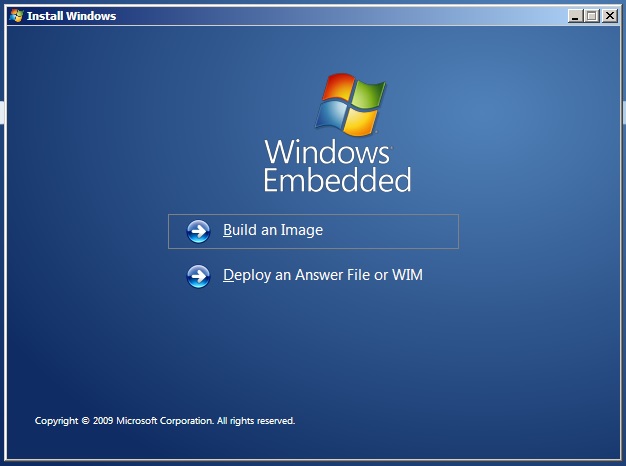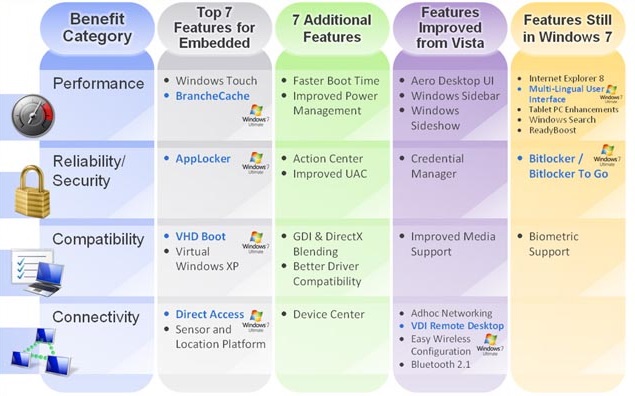Windows 7 Pro for Embedded Computers
Throughout the years, Windows 7 has proven reliable and effective for embedded systems. Two years ago, Windows has introduced a new project called the Windows Embedded Standard 7 (WES7). One of the most attractive components of this new system is its ability to allow users to choose and customize their own features that are suitable of the applications of the embedded computer. It features a Windows Embedded Core and other choices users can do to enhance embedded systems efficiently for industrial applications.
Aside from convenient optimizations of the features, Windows Embedded offers Embedded Enabling Features (EEFs). Below is a list to show the functions of the EEF. Multiple features are integrated to give users even more control of their applications.
Numerous Features of Integrating WES7:
• Customizability
• Deployment convenience
• Licensing cost savings
• Embedded Enabling Features (EEF)
• Enhanced Write Filter (EWF)
• Registry Filter
• File-Based Write Filter
• RAM Disk Controller
• Message Box Default Reply
• USB Boot
• Dialog Box Filter
• Edition Branding
• Hide Boot Screens
• Power Management Feature Set
• Customizable Logon Desktop

- Special Write Filters: These prevent direct access to memory. By doing this it increases the life of the flash storage and stops other files from being changed.
-Message Box Default Replies: The Windows Embedded systems allow for automatic log and react to messages with the words “OK” or “Cancel” for operations not to get interrupted.
-USB Devices: the EEF supports boots from USB flash devices. This is a great alternative from a compact flash.
-Enhanced Write Filter (EWF): this option enables a read-only media like CD-ROMs for booting purposes.

The EWF consists of two important components:
- Enhanced Write Filter Overlay: This component is like the transparency overlay for projectors. Changes will affect the picture of the overlay if changed or removed.
- Enhanced Write Filter Volume: This component stores the arrangement of information on the device. The number of disks in a system does not determine how many EWF Volumes there are; only one is needed but others are possible as well.
- FBWF or File Based write filter- serves a file input/output redirector to transfer the disk writes to memory-based overlays. The file-based write filter recommends for embedded systems to still use a separate, apart from FBWF to ensure full protection of the entire system and preventing viruses from entering.
Windows 7 Embedded is cost-efficient compared to the other Windows 7 available right now. That is saving you over $30 a license. This evolves into a great deal of saving in the future. WES7 meets the needs of the industry by providing more than 150 feature packages and over 500 driver sets. The software provides proper single management solutions, a rich and stable user interface to build innovation by improving the convenience of development.




